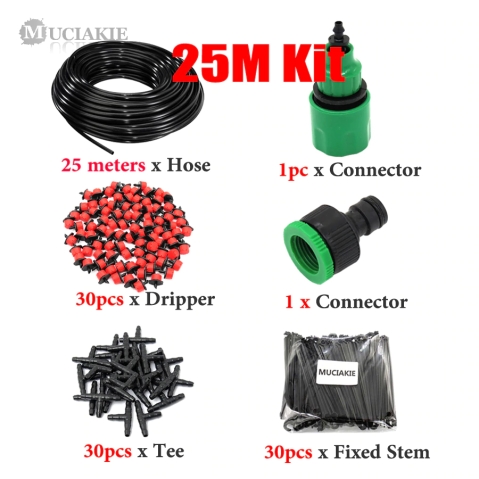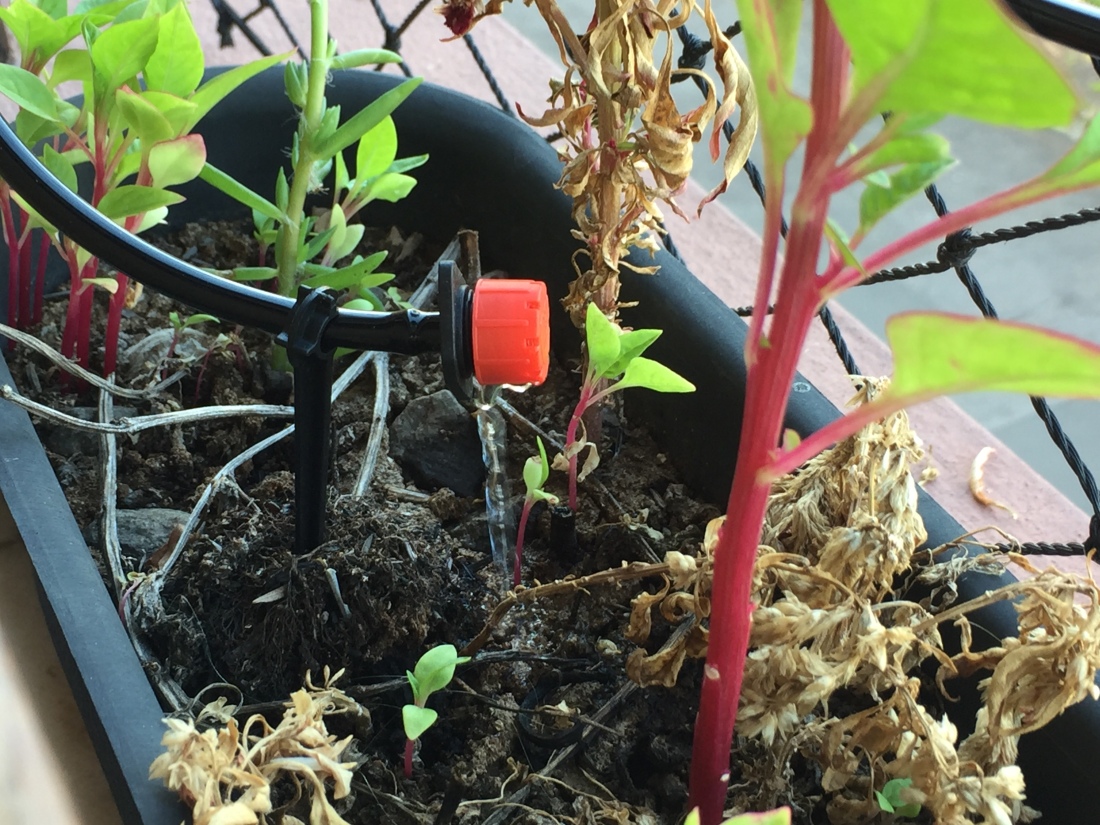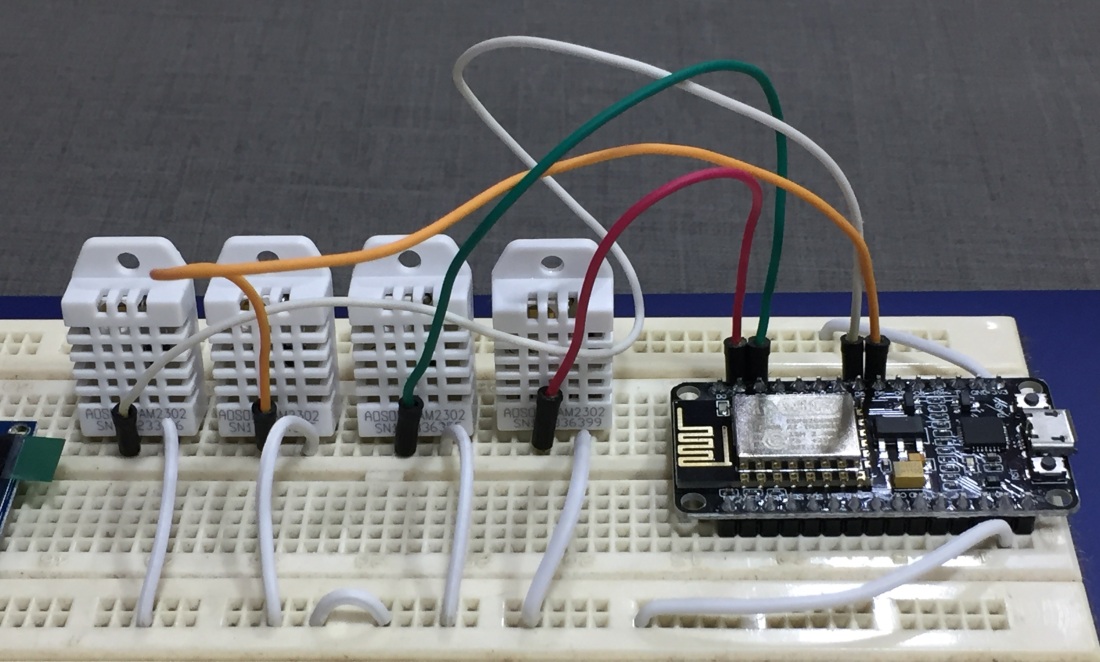Summer in my neck of the woods (29S, 54W, a mere 50m above sea level) is brutal; temperatures can reach above 30ºC during the day, and stay above 20ºC at night. Under these conditions, potted plants such as shubs, herbs and ivies need to be watered every day to stay healthy. That is a chore, and more complicated if one goes away for a few days. What’s a geek to do? Why, build an IoT irrigation system!
Sourcing the parts
The system is comprised of a kit of tubing, drippers, support stakes and T connectors. To drive the water a small pump was selected, and finally a WiFi relay will allow some degree of smart control. Here are the parts:
Irrigation kit
| Link | SKU 32868257464 |
| Price | $13.31 |
| Variant | 25m Kit / 30pcs |

With this kit, you route the black tubing around the area you want to irrigate, and then at each target you cut the hose, insert a “T” and derive a short run of hose ending on a dripper, supported by a stem. The drippers can have their flow adjusted by twisting the cap.
Water pump
The selected pump is a small submersible DC brushless pump, of the type that is commonly used in arts and crafts to make little fountain ornaments.
| Link | SKU 32792939616 |
| Price | $3.46 |

This pump runs on 12V DC, and to power it I used a DC adapter I had lying around, for which I have no link or reference. Given the small wattage of the pump, almost any 12V power adapter will do.
WiFi Relay
The last piece of the puzzle is to add something to turn the pump on and off periodically; a simple programmable would work, but a WiFi relay is more versatile, and can later be integrated in my home automation hub.
| Link | SKU 32827328525 |
| Price | $4.97 |
| Controlling app | eWeLink – Smart Home Control |
This is a SONOFF device from Itead (see https://www.itead.cc/). They have a variety of different IoT modules with interesting applications. This Sonoff relay (and most of their devices) is based around the valiant ESP8266 and the fact that it adds its own mains power supply, a relay, connectors and a very neat enclosure, make it a very interesting device to work with.

The app used to program and control the relay (eWeLink) is not bad at all, but in order to have more flexibility in connecting it to my own home-automation hub, I’m probably going to re-flash it with an alternative firmware. There are a few options for these Sonoff devices, but the most mature and feature-complete one seems to be the Espurna firmware (https://github.com/xoseperez/espurna). More on that on another post.
Measuring the flow rate of the water pump
The water pump is rated for 240 liters of water per our of operation, or 4 liters per minute if you do the math. I wanted to test this out, and it turned out close: on my tests, I’ve got 3.5 liters per minute, or 210 liters per hour. More than enough for my application, although this was measured with a short tube on the output, the actual flow will probably be less, when coupled with the long hose and several drippers.
Putting it all together
Not much to say about that, you just connect the pump to the power adapter, that into the WiFi relay and the relay to mains. For water supply I used a 20l water jug, on which I added a small output valve near the bottom line.
Here are a few pictures of the setup on its “inaugural run”, on 2018-12-16:
 The pieces all connected together, except for the water hoses.
The pieces all connected together, except for the water hoses.

On the wall, with hoses connected, and with the 20l “tank”, ready for first tests.
 The main water line running horizontally throughout the balcony, and a “T” derivation feeding a dripper for a potted plant.
The main water line running horizontally throughout the balcony, and a “T” derivation feeding a dripper for a potted plant.

Water coming out of a dripper. This one is almost closed, for a small flow. On a larger pot, with the dripper wide open, you get more of a “shower” pattern – depending on water pressure.





